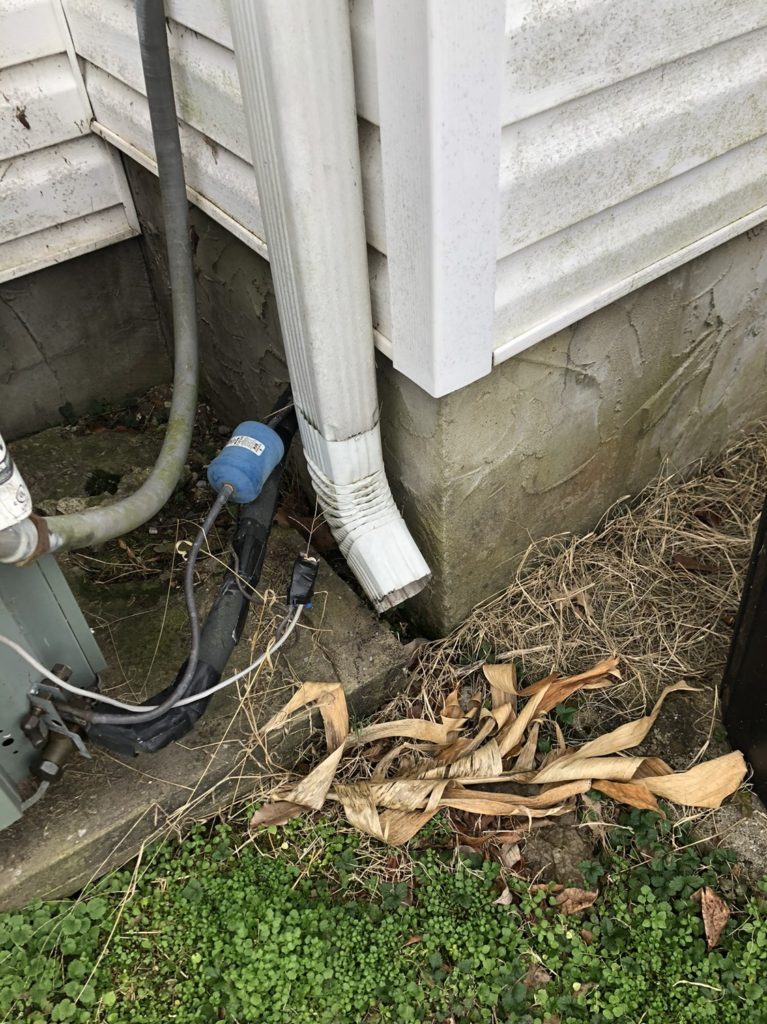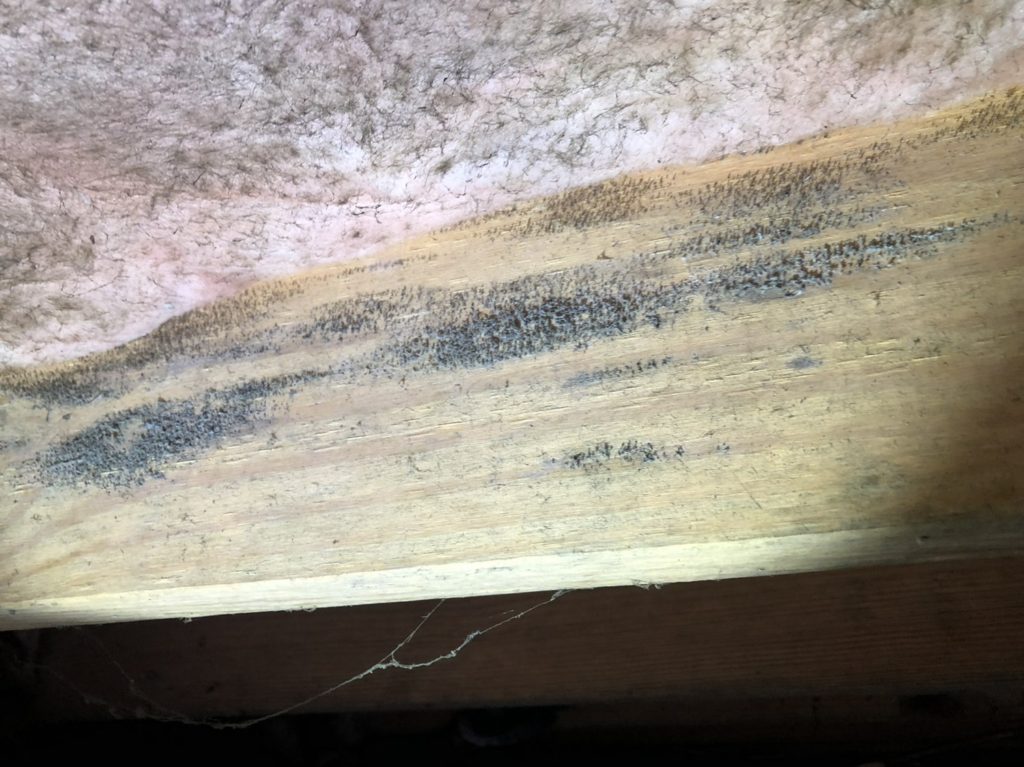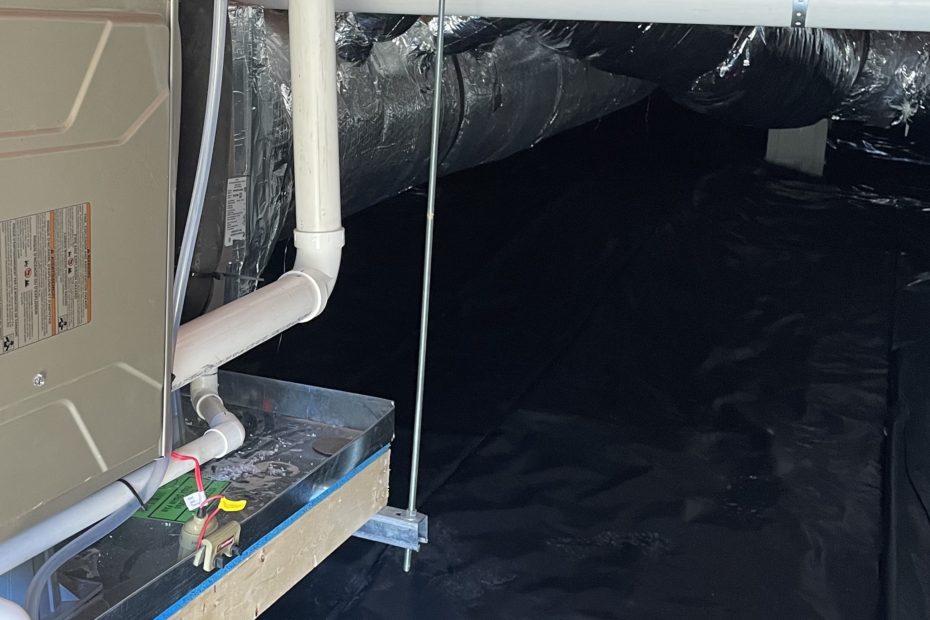Home Inspectors as a whole can agree that there is one area of the home that we wish never showed up on reports, and thats the crawlspace. Pre-Existing or New Construction, a crawlspace is rarely the highlight of the home. However, it can be, and for the health of those in your home, and wellbeing of it, we hope it is. Crawlspaces can be complicated, so they are best tackled, in my opinion, by first asking where we go wrong.
Exterior Condition can be a Dead Giveaway

Something I will never relent on mentioning is MOISTURE IS THE NUMBER ONE CAUSE OF PROBLEMS IN THE HOME. It is also almost always preventable with good maintenance practices. First and easiest thing to do is walk around your home. Look at the land, is it flowing away from the base of your house? If not, you have found your first issue! Next, look at the downspouts. Are any of them discharging at the base of your house? If so, check out my article Downspouts. The good, the bad, and the ugly.. Also pay attention to your vents, are they open or closed? If they are closed this could mean restricted airflow, which can cause moisture buildup.
Inspecting the Abyss

Next open the crawlspace door. At your first look into the shadows of home components you will surely notice what kind of floor you have in the crawlspace. Do you have a black plastic vapor retarder, a gravel bed, strictly dirt, an encapsulated system, or some mod podge of what was left over from construction? Something to note with gravel is that while it keeps a seemingly drier crawlspace, it can also just simply hide moisture problems below. Typically most issues arise when there is no sort of vapor retarder down.
Next open the crawlspace door. At your first look into the shadows of home components you will surely notice what kind of floor you have in the crawlspace. Do you have a black plastic vapor retarder, a gravel bed, strictly dirt, an encapsulated system, or some mod podge of what was left over from construction? Something to note with gravel is that while it keeps a seemingly drier crawlspace, it can also just simply hide moisture problems below. Typically most issues arise when there is no sort of vapor retarder down. Next check out if your subfloor has insulation. While insulating the crawlspace saves on your electric bill and is required by some codes, it is also a sponge! Nine times out of ten when I see an insulated crawlspace, it is accompanied by some form of moisture issue. This is something I would not freely install given the problems it causes. I would also check the condition of your ductwork, any gaps in insulation can cause condensation, and therefore water in the crawlspace during summer. The final thing to look for is the overall height of the crawlspace. Code currently requires three block high, however the higher the better. If don’t have a tall crawlspace in this house consider it when looking for the next.
So What’s My Magic Formula?
Let me start by saying all situations are different, however I like to see a crawlspace with the gravel and a black plastic vapor retarder, no insulation, open vents, and 4 block high. While an encapsulated system is the best of the best, something to consider is for it to be effective it must have a vent, dehumidifier, or both in it. One problem I found at one time where the dehumidifier had not been operational, and just sat there. This caused a world of problems while no one was the wiser to it. Therefore, I cautiously recommend an encapsulated system.
